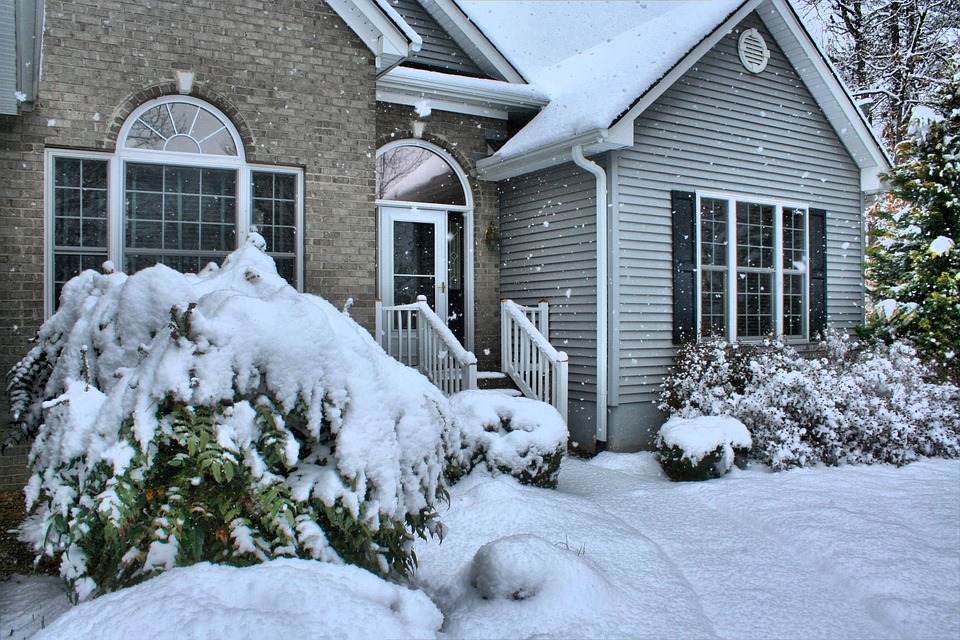10 Ways To Prepare Your Garage Door For Winter
Winter is coming!

That must be sounding like a quote from a popular TV series, but in fact, the air has started to cool down, and the fallen leaves on the sidewalks signify that winter is just around the corner.
Along with all the fun you’re going to have this fall, it’s also an important reminder for homeowners to finish up projects and prepare their homes for winter.
One such preparation project that many people often overlook is preparing the garage door for the cold weather.
Why should you winterize your Garage Door?
Even if you use your garage door several times a day – you hardly realize the impact the cold weather can have on this crucial entry and exit point of your home.
Like any other exterior component of your home, your garage door is subject to a lot of wear and tear when exposed to the weather elements.
The most common issues that you may face:
- Shrinking of metal parts like springs and screws that can affect your garage door’s ability to open or close.
- Warping of tracks can cause springs to break.
- Garage doors are also your first line of defense against cold air; when they’re not sealed or insulated correctly, cold air can get in and wreak havoc with your energy bills.
How can you prepare your Garage Door for Winter?
Since we already know what cold temperatures can do to a garage door – there are plenty of ways by which a homeowner can maintain their door to withstand the chilling weather.
Observe and analyze: Check your garage door and inspect any anomalies. Does it operate silently or make abnormal sounds? Does it feel smooth or jerky? Do both the sides of the door look symmetrical?
Tighten up the bolts: Since you use your garage door more than a thousand times a year, it can cause the roller brackets and bolts to loosen up. Use a socket wrench to check and tighten the connections.
Check the balance: If your garage door is not balanced correctly, it will not last long and eventually break up. Check the counterweight system and, if required, call a garage door professional to fix it.
Inspect the rollers: Rollers are made up of steel or nylon; you must check them twice a year and replace them if you see any damage.
Replace the weather stripping: If the weatherstrip at the bottom of the door has cracks on it, replace it right away to prevent cold air from entering your house.
Lubricate the moving parts: Lubrication is highly necessary if you want to use your garage door for an extended period. You can spray lubricants to coat all the moving parts and keep them in pristine condition.
Check the cables: If you see any damage or wear on the high-tension wires, call a professional from Premier Overhead Co. to replace them.
Clear the tracks: Check tracks on both sides of the door for any debris, dirt or other hindrance. You can also check the plumb using a level to ensure a streamlined operation.
Test the auto-reverse safety features: If you have a mechanical garage door, place a brick or wooden object on the ground in the path of the door. If the door touches the object and reverses its direction, then it is working correctly. Otherwise, call a specialist to fix it.
Check for water damage: Steel doors may catch rust if they’re exposed to water for long. Make sure you sand and paint your door adequately.
